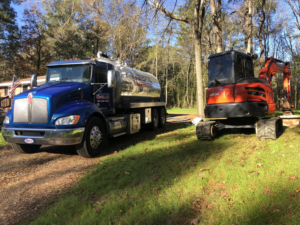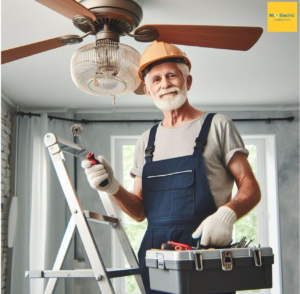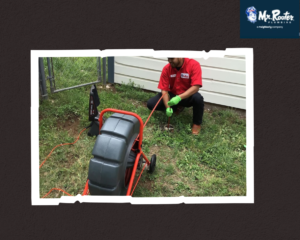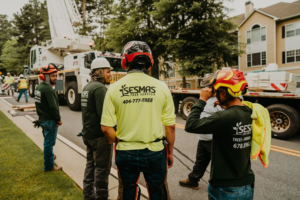How To Fix Your Ceiling Fan From Wobbling
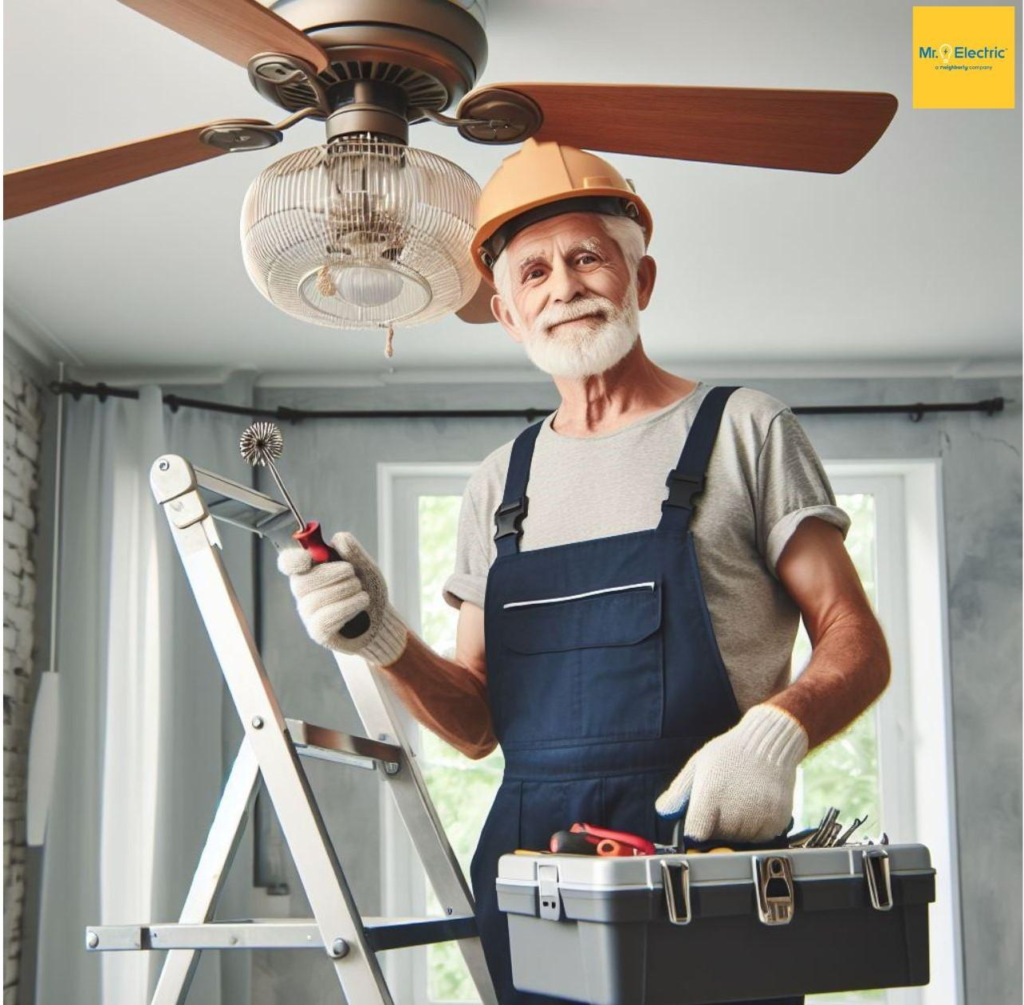
Wobbling ceiling fans aren’t simply an inconvenience; they could also indicate serious underlying problems in your home that need addressing for safety and functionality reasons. Whether you live in an active metropolis like Arlington or a more relaxing suburb like Bethel Woods, dealing with an unstable ceiling fan is something all homeowners may face at one point or another. This guide by Mr. Electric of Fort Worth will walk you through each step to keep your ceiling fan from wobbling and ensure it runs efficiently and smoothly again. Let’s dive into a DIY approach, which may save time and expense by forgoing professional services, but should any point in this task become overwhelming to complete alone. Professional assistance from an electrician in Arlington should always be sought as soon as possible.
Introduce Yourself to Ceiling Fan Wobbles
A wobbly ceiling fan could be caused by several factors, from loose screws to imbalanced blades. Instead of calling in an electrician in Arlington for repairs, try fixing it yourself instead – doing it will not only save money but provide a sense of achievement and greater insight into your home appliances!
Step One: Switch Off The Power
To ensure safety first! Before initiating any repairs on the fan and its power source, be sure they’re entirely off by switching off its circuit breaker or another means.
Step Two: Inspect for Loose Screws
A common cause of wobbling fan blades or mounting brackets is loose screws on them or in their mounting bracket, so to address wobble, use a screwdriver to tighten all these loose nuts on all parts of the fan, including blade holders, motor housing, junction boxes, etc. A quick tighten can often fix wobble issues instantly!
Step 3: Clean The Blades
Dust accumulation on fan blades can contribute to imbalance and wobbling, so carefully wipe each one down using a soft cloth or duster to clear away dust or debris accumulation and improve fan efficiency. Doing this will not only eliminate wobble but also enhance its operation’s performance!
Step 4: Verify Blade Align
Proper blade alignment is crucial to creating a steady and wobble-free fan. Use a ruler or measuring tape to check the distance from each blade tip to the ceiling if there are discrepancies; adjust blade mounts until all measurements are even. Some fans come equipped with balancing kits, which may help remedy minor imbalances.
Step 5: Balance The Blades
If cleaning and aligning do not resolve the problem, using a balancing kit might help find solutions. These kits typically include clips and weights. Following its instructions carefully should allow you to pinpoint which blade is causing an imbalance and apply counterweights accordingly to correct it.
Step 6: Inspect The Motor
A malfunctioning motor could also be to blame, leading your fan to wobble unpredictably. Keep an ear out for unusual sounds or signs of overheating from its power supply, and check for overheating in its surroundings.
When To Seek Professional Help
Though most wobbling issues can be remedied with DIY fixes, more complicated issues often need professional intervention. If any of the solutions presented have failed, or you feel uncomfortable performing any step on this list, or any steps are outright impossible for you, consulting an electrician might be best advised, as professionals have the expertise to address more complex problems like electrical faults, poor installation practices or structural ceiling problems that DIY solutions cannot.
Mr. Electric of Fort Worth
Fixing a wobbly ceiling fan can often be accomplished as an easy DIY task with patience and the appropriate tools. From tightening loose screws to balancing blades, many causes of fan wobble are easily remedied without professional intervention. If the issue persists or you need assistance handling electrical components, don’t hesitate to seek professional electrical repair & installation services from Mr. Electric of Fort Worth, as safety should always come first when performing home repairs.
